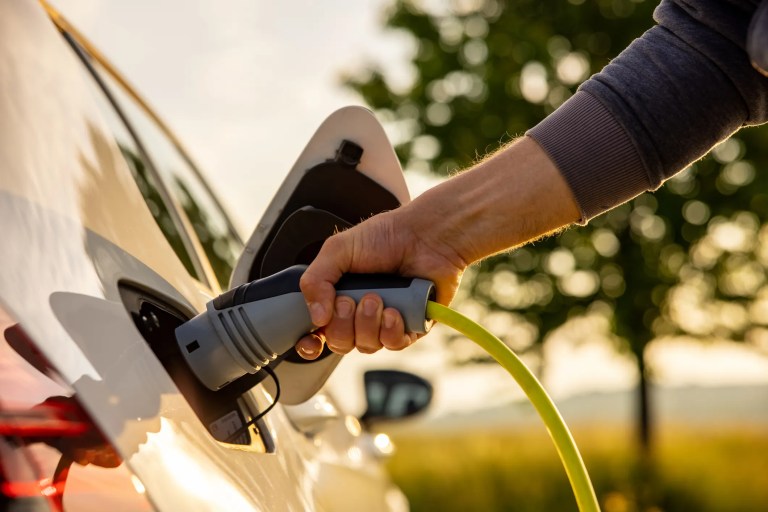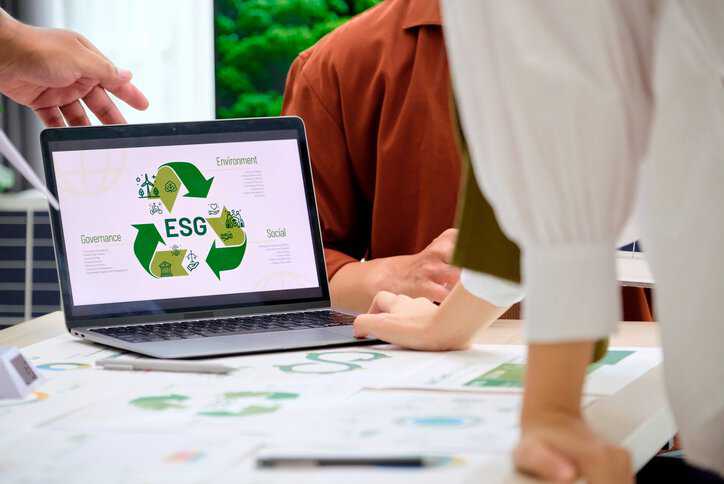Health Effects of Microplastics: What the Science Says
Tiny plastic particles, known as microplastics, have been found throughout the human body—including the brain, blood, lungs, liver and even lower limb joints. In fact,…

Tiny plastic particles, known as microplastics, have been found throughout the human body—including the brain, blood, lungs, liver and even lower limb joints. In fact,…

The automobile has a rich history shaping how it is constructed and used today. Around the year 1900, cars could be powered by steam, gasoline,…

76% of consumers would cease doing business with a company that neglects environmental, social, and governance (ESG) principles; further, studies show ESG propositions can positively impact…

With much attention given to humans’ climate-warming carbon dioxide (CO2) emissions, you might be surprised to learn that CO2 is not the most prevalent greenhouse gas affecting the…

Water covers 71% of the earth. Life simply cannot exist without water. If there is one thing that matters more than the availability of water, however,…

The lithium-ion battery was first proposed by university researchers in England and Japan in the 1980s. However, it did not become commercially available until the Sony…

Sustainability standards and certifications and environment claims are voluntary guidelines used by producers, manufacturers, traders, retailers, and service providers to demonstrate their commitment to good environmental, social, ethical,…

In one year, a mature tree will absorb more than 48 pounds of carbon dioxide (CO2) from the atmosphere. By storing that carbon, a forest…

An Environmental Management System (EMS) is a framework that helps an organization achieve its individual environmental goals through consistent review, evaluation, and improvement of its environmental…